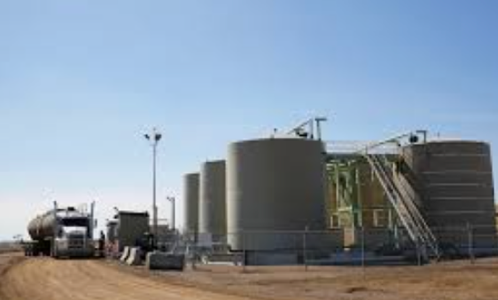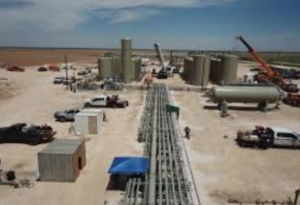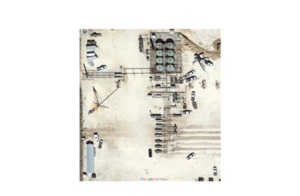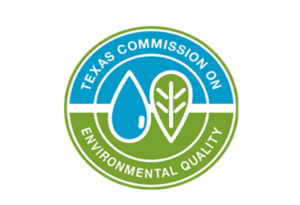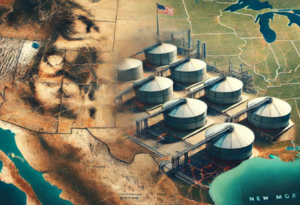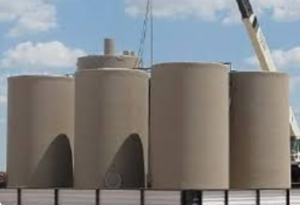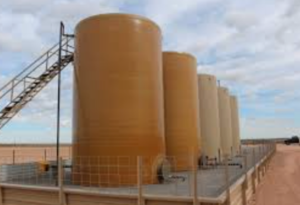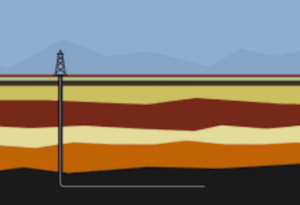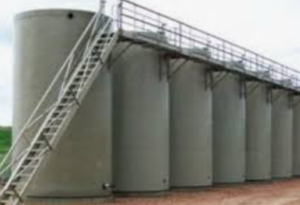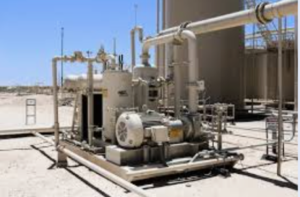The collapse of an oil tank can be caused by various factors, and understanding these factors is crucial for preventing such incidents. The collapse of an oil tank poses serious safety risks, environmental hazards, and financial consequences.
Here are some potential causes of oil tank collapse:
- Corrosion and Erosion:
- Over time, oil tanks can corrode due to exposure to the elements, especially if they are located in corrosive environments. Corrosion weakens the structural integrity of the tank, making it susceptible to collapse. Erosion, whether caused by wind, water, or other environmental factors, can also contribute to structural degradation.
- Metal Fatigue:
- Repeated stress and strain cycles, known as metal fatigue, can occur in the structure of the tank over time. This is especially true for tanks that experience significant temperature fluctuations or are subject to frequent filling and emptying.
- Poor Maintenance:
- Inadequate maintenance practices, including neglecting inspections, repairs, and corrosion protection measures, can lead to the deterioration of the tank structure. Regular inspections and maintenance are critical for identifying issues before they escalate.
- Overfilling and Overloading:
- Overfilling a tank beyond its designed capacity can exert excessive pressure on the tank walls and lead to structural failure. Similarly, overloading the tank with excessive weight, whether due to the weight of stored material or external loads, can contribute to collapse.
- Foundation Failure:
- The foundation on which the tank rests plays a crucial role in its stability. If the foundation fails due to issues such as settling, soil erosion, or inadequate load-bearing capacity, it can lead to the collapse of the tank.
- Seismic Activity:
- In earthquake-prone regions, seismic activity can cause structural damage to oil tanks, leading to collapse. Tanks must be designed and constructed to withstand seismic forces in such areas.
- Manufacturing Defects:
- Poor design or manufacturing defects in the tank itself can contribute to structural weaknesses. This underscores the importance of adhering to industry standards and using high-quality materials and construction practices during tank manufacturing.
- Age of the Tank:
- Aging tanks may become more susceptible to structural issues, especially if they have not been properly maintained or if they were not designed to accommodate changing environmental conditions over time.
- Impact Damage:
- Physical impact, such as a collision with heavy equipment or other objects, can cause localized damage to the tank structure. If not addressed promptly, such damage can compromise the tank’s overall integrity.
- Design Flaws:
- Poorly designed tanks may have inherent flaws that can lead to structural failure. This underscores the importance of engaging qualified engineers and following industry standards in the design and construction of oil tanks.
Preventing tank collapses involves a combination of proper design, regular maintenance, adherence to safety standards, and addressing potential issues proactively. Tank owners and operators should implement robust inspection and maintenance programs, conduct risk assessments, and ensure compliance with relevant regulations to mitigate the risks of tank collapse.
Additional Tank Information

